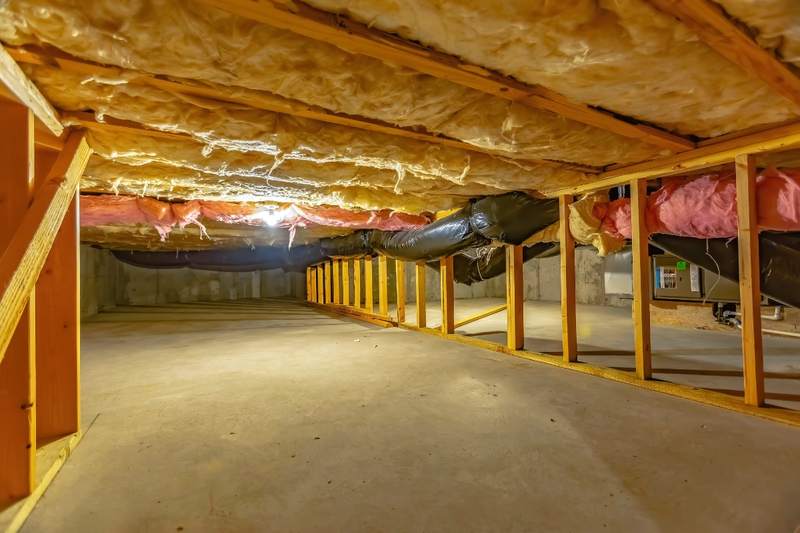
Fannie Mae might sound like the name of an eccentric real estate agent from Georgia, but it’s actually the name of a government-sponsored enterprise that buys conforming conventional mortgages from lenders to sell on secondary markets.
Fannie Mae is a nickname derived from the acronym for its more formal name: the Federal National Mortgage Association, or FNMA.
Here’s a closer look at what Fannie Mae is and how it operates.
The Purpose of Fannie Mae
Fannie Mae is not a federal agency. It’s a government-sponsored enterprise created to help make homeownership more affordable. Fannie Mae buys conforming loans from mortgage lenders, which takes those loans off lenders’ books and lets them offer more loans that are affordable for more homebuyers. This expands access to home loans and homeownership.
Who regulates Fannie Mae?
Fannie Mae has been a publicly traded company since 1968. However, since the 2008 financial crisis, it has been in a conservatorship supervised by the Federal Housing Finance Agency.
Who funds Fannie Mae?
Investors purchase Fannie Mae securities, the proceeds of which fund Fannie Mae and provide capital for the U.S. mortgage market. In certain cases, the FHFA financially supports Fannie Mae in exchange for stock.
How Do Fannie Mae Loans Work?
Instead of lending money directly to borrowers, Fannie Mae buys conforming conventional loans so that they can be repackaged and sold on the secondary mortgage market.
Consumers get loans from lenders, and then Fannie Mae buys those loans from lenders. This reduces the risk for lenders, which then can use the proceeds from selling the loan to Fannie Mae to issue more affordable loans.
Fannie Mae conforming loan limits
Each year, the FHFA sets the limits for conforming loans. Fannie Mae cannot buy mortgages that exceed this limit. For 2023, the limit is $726,200 for a single-family home in most parts of the United States, and $1,089,300 in designated high-cost areas.
Fannie Mae lending requirements
To be eligible for a conforming loan, a borrower must meet Fannie Mae’s lending requirements:
- Minimum credit score: 620 for most loans; 640 for manually underwritten adjustable-rate mortgages.
- Minimum down payment: 3%.
- Maximum debt-to-income ratio: No higher than 50%.
Fannie Mae Loan Programs
Fannie Mae offers a variety of loan options geared toward helping first-time homebuyers own a home. Here are some Fannie Mae loan programs and the types of borrowers they’re designed for:
- Conforming. These are loans that meet requirements set by the FHFA on loan amounts, credit scores, DTI ratios, and loan-to-value ratios.
- HomeReady. Helps low-income buyers get a loan with a low down payment, as long as their income is less than 80% of the local median income.
- 97% Loan-to-Value Standard. Helps buyers get a loan for a down payment as low as 3%, without income limits.
- HFA Preferred. Available for a down payment as low as 3% without any geographic restrictions on loan amounts. These loans are available through participating housing finance agencies.
- HomeStyle. Loans for homeowners who want to make home improvements or make their properties more energy-efficient.
- RefiNow. A refinancing option for low-income homeowners.
- Tenant-in-Place Rental Program. For homeowners facing eviction, this program lets you continue leasing the home during the foreclosure process as you seek new housing.
The History of Fannie Mae
Here’s some background and context on how Fannie Mae came to be.
The origins of Fannie Mae
Fannie Mae was created in 1938 in response to the Great Depression, when nearly one out of every four homeowners had their homes foreclosed on. Banks didn’t have enough money to make home loans with, so Congress created Fannie Mae to supply funds for mortgages and encourage affordable homeownership. The introduction of the 30-year, fixed-rate loan gave homebuyers certainty and predictability about what their future mortgage payments would be. As a result, affordable homeownership became more accessible to more buyers.
During and after World War II, Fannie Mae helped finance home purchases for returning soldiers and veterans. As the economy boomed and demand for homebuying increased, Fannie Mae provided cash flow to lenders so they could keep up. In response to the rapid growth of homeownership, Congress restructured Fannie Mae from a government agency into a mixed-ownership corporation in 1954. Later, Fannie Mae was removed from the federal budget and became a private shareholder-owned corporation via the 1968 Housing and Urban Development Act.
During the 1980s, mortgage-backed securities were developed to allow banks to sell packages of mortgages as investments that would increase how much money they had available to lend. Mortgage-backed securities are issued by Fannie Mae or Freddie Mac. This allowed international investors to buy U.S. mortgages.
Fannie Mae and the 2008 financial crisis
In 2008, the housing market crashed and the U.S. economy entered the Great Recession. Housing prices dropped an average of 20%, and foreclosures rose. Fannie Mae and Freddie Mac lost billions of dollars on investment portfolios and mortgage-backed securities.
In response, the government put Fannie Mae in a conservatorship under the Federal Housing Finance Agency. Fannie Mae returned to profitability in 2012 and paid back all its debts by 2014.
Fannie Mae and the COVID-19 pandemic
During the COVID-19 pandemic, interest rates hit historic lows. So even as high home prices continued to increase, many aspiring homebuyers who had been priced out of the market now could afford a mortgage. At the same time, existing homebuyers raced to refinance to lower their rate. Fannie Mae offered resources and implemented polices to help lenders keep up with demand, and to help borrowers who faced hardship.
Congress also passed legislation to help homeowners who faced financial difficulties caused by the pandemic. Borrowers with loans backed by Fannie Mae and Freddie Mac who faced foreclosure could get up to 18 months of forbearance.
FAQ
Here are answers to some common questions about Fannie Mae.











